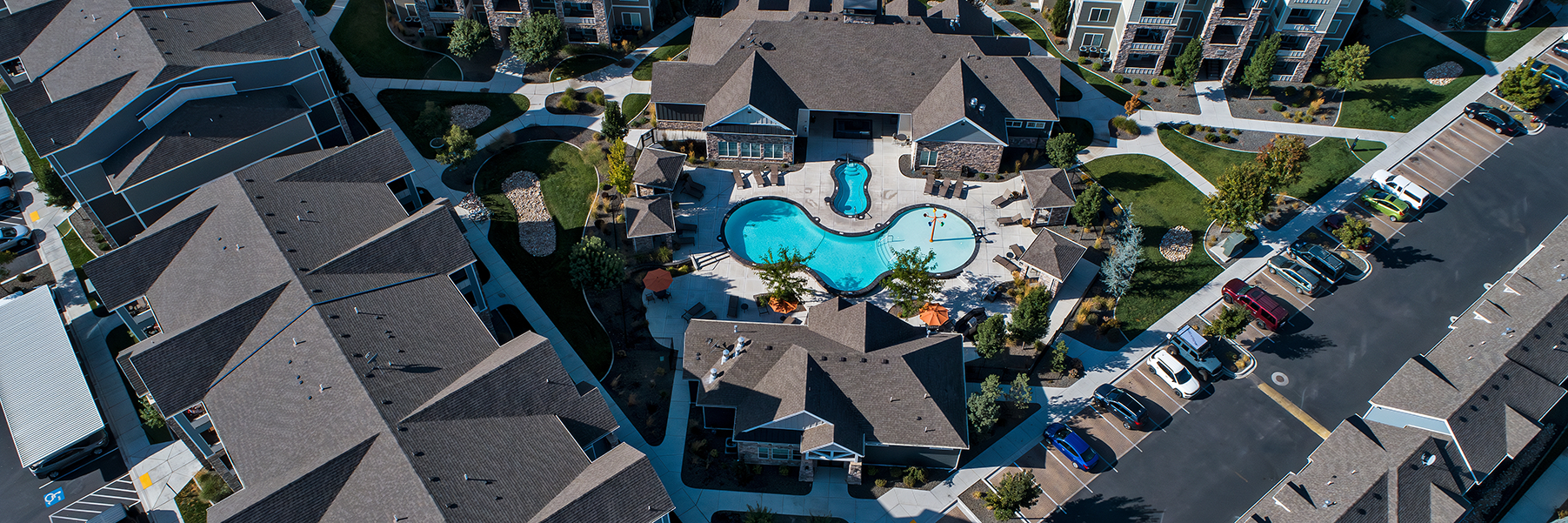On November 17th, the U.S. Treasury Department’s Community Development Financial Institutions Fund (CDFI Fund) awarded a record $7 billion in New Markets Tax Credit allocation to 120 community development entities throughout the country. Based on the conditions of the awards, it is anticipated that approximately $5 billion of allocation will be deployed to support businesses in low income communities and $2 billion will be deployed for the development of real estate projects.
The priority is the deployment of New Markets Tax Credit authority in underserved states which in this round include Arkansas, Florida, Georgia, Idaho, Kansas, Nevada, Tennessee, Texas, West Virginia, and Wyoming. Though these states are priorities, projects from all states have opportunities for NTMC financing.
Certain program restrictions limit use of NMTCs for financing residential projects but NMTC financing can be (and has often been) used for mixed-use projects with a residential component (79 percent or less). Some examples are:
- The Syndicate, St. Louis - 172 residential units and 19,574 s.f. of retail space.
- Quimby Plaza, Memphis - 45,000 s.f. building with 24 units of market rate residential, community center, and medical office space.
- Oxford Mills, Philadelphia - 114 apartments combined with 38,000 s.f. of commercial.
The New Markets Tax Credit Program, established by Congress in December 2000, permits individual and corporate taxpayers to receive a non-refundable tax credit against federal income taxes for making equity investments in vehicles known as Community Development Entities (CDEs). Since the program’s inception, New Markets Tax Credit investments are estimated to have created nearly 750,000 new jobs and supported the construction of more than 200 million square feet of retail, manufacturing, and office space. As the communities benefitting from these investments develop, they become more attractive to investors, creating a ripple effect that spurs more investment.
There are certain “rules of thumb” regarding these NMTC loans.
- First, a NMTC “subsidy” or "equity" is equal to no less than 20 percent of the project cost (all inclusive).
- The NMTC subsidy is usually interest only for seven years and is effectively forgiven at the end of the seven-year term.
- One doesn't need to sell the tax credits, buyers are typically lined up by the CDE.
- There should be some sort of community benefit attached to the project.
- Most NMTC projects don't have to be "affordable" and are often market rate.
- Don’t assume your community doesn’t qualify for New Markets Tax Credits. By way of example in Southern California, parts of Santa Monica, Hollywood, Westwood, and most of greater Los Angeles qualify (see shaded areas in the map on the right).

Obtaining NMTC Financing for Projects
Obtaining NMTC financing for a development project is competitive. Since CDEs must regularly reapply to the CDFI Fund for NMTC allocations, CDEs seek to finance projects that best meet the goals of the NMTC program. Projects that provide real, measurable benefits to communities are the ones most likely to receive financing.
High impact projects will generate the most interest from CDEs and the best pricing from tax credit investors. These types of projects tend to:
- Create a large number of jobs, or create higher quality jobs than currently exist in the area;
- Provide needed goods or services for the community;
- Create environmentally sustainable outcomes; and/or
- Fulfill other important community needs.
Charter schools, job training centers, business incubators, health clinics, green commercial buildings and grocery stores in underserved areas are examples of high impact projects that often receive NMTC financing. Many CDEs finance projects that have a demonstrated need or financing gap that only NMTCs can fill.
How do New Markets Tax Credits Work?
The NMTC program provides federal income tax credits equal to 39% of Qualified Equity Investments (QEIs) in Community Development Entities (CDEs) that serve as intermediary vehicles for the provision of loans, investments, or financial counseling in Low Income Communities (LICs). By way of example, a $20 million development project within an LIC would generate $7,800,000 in federal tax credits, e.g., 39% of $20 million. At closing, a simple $20 million leverage loan NMTC structure would take on the form diagramed below:

In the above diagramed structure, the tax credit investor purchases the federal tax credits at a discounted rate of $0.72 on the dollar. Over the last few years, the purchase price for NMTC has ranged from $0.68 to $0.75. Note too that the CDE has taken a fee at closing equal to four percent of the total QEI or project cost or $800,000.
During the seven-year life of a NMTC leverage loan, the Developer/QALICB makes annual interest payments to the CDE on both the A and B QLICI Loans. The CDE passes the QLICI A Loan interest payment up to the Commercial Lender and pays the QLICI B Loan interest payment to the CDE Managing Member as a management fee. The annual QLICI B Loan interest payment is typically calculated at .5 percent of project QEI, e.g., a $20 million project translates to a $20 million QEI which, in turn, results in a QLICI B Loan interest payment of $100,000 annually. At $100,000 annually, the B Loan interest rate is approximately 2.07 percent, i.e., $100,000 on $4,816,000.
The rate, term and recourse requirements of the QLICI A Loan are a function of developer and project credit worthiness. Terms of the leverage loan are typically set two weeks before closing based on either LIBOR or other factors. The loan-to-value ratio will typically be set at 70 percent of value and, the NMTC equity provided by the investor is typically taken into account in meeting these ratios. Maturity of loan is typically no greater than eight years from closing. While some lenders require a sinking fund for principal payments, the typical leverage loan is interest only with interest payments made monthly.
Typically, the lender and investor will be affiliated, i.e., the lender will have an affiliate that acts as the investor. As such, while the lender will offer a “below market” rate, it will still earn an above market yield due to the NMTC’s. The lender underwrites the credit quality of the borrower, manages all aspects of the loan to the borrower and earns Community Reinvestment Act (CRA) credit for loans and investments made through the CDE. QLICI B loans are typically non-recourse to borrower.
At the conclusion of the seven-year NMTC leverage loan term, the QLICI B Loan promissory note is subject to a put/call agreement allowing the Developer/QALICB to purchase the $4,816,000 QLICI B promissory note for $1,000 or $10,000. This put/call arrangement is why the NMTC loans are often referred to as forgivable loans.
Multifamily developers should consider New Markets Tax Credit financing as an option for their projects.
If you would like a copy of the guide book which describes the program and gives a list of the allocatees, click here. If you would like a free assessment of your project's NTMC potential, contact us here. We'd love to talk to you about your project.



